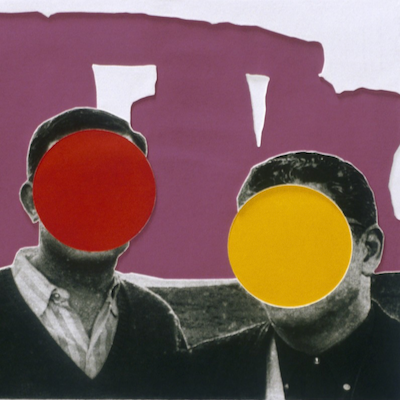Carl Andre
Carl Andre (USA, 1935) is a pivotal figure in Minimalist art, celebrated for his floor-based sculptures and use of industrial materials. His modular works, often composed of metal, wood, or bricks, emphasize spatial relationships and viewer interaction. Andre's innovative approach redefined sculpture, focusing on simplicity, materiality, and the physical experience of space.

Artwork by John Baldessari
What is conceptual art?
Sometimes referred to as Conceptualism, this is an art form where the idea(s) or concept(s) behind the work take precedence over material concerns and traditional aesthetics. Many conceptual artworks can be created by anyone simply by following written instructions. The concept or idea is the most essential aspect of the artwork.















